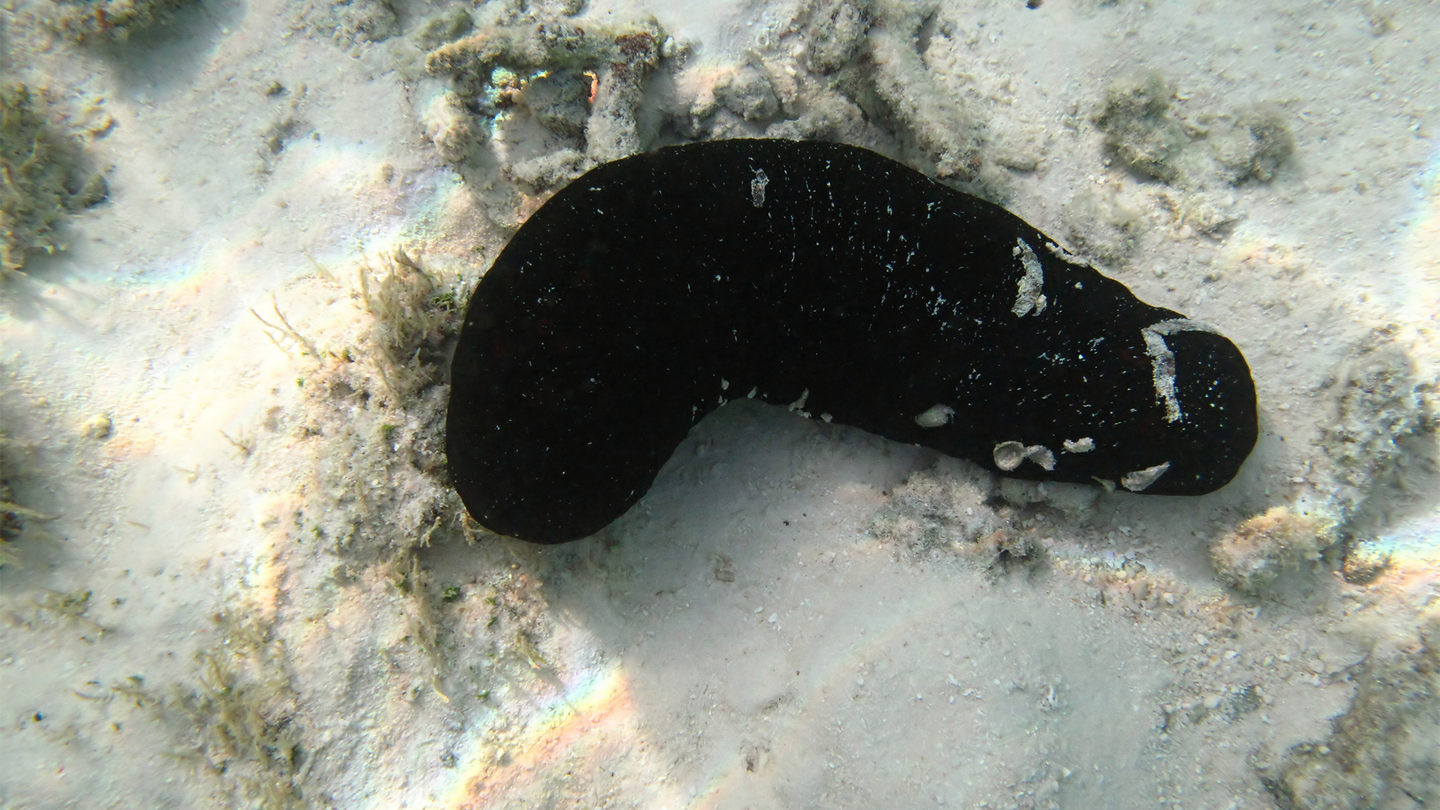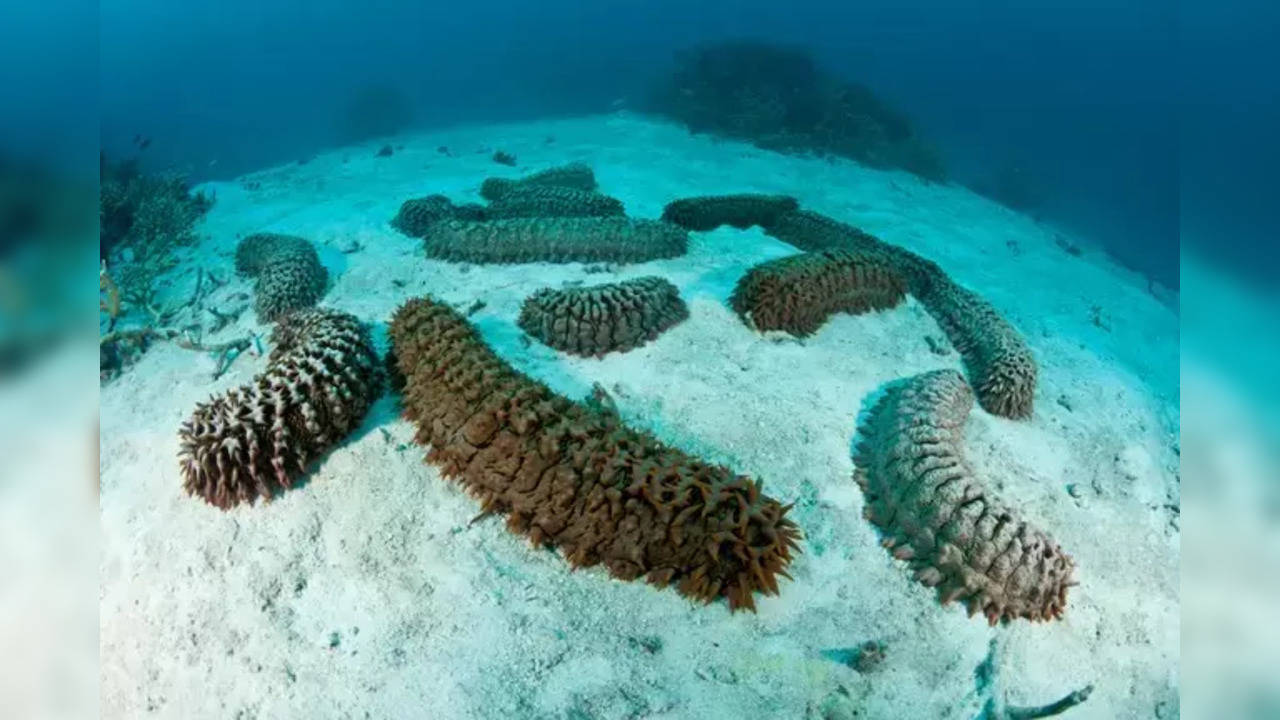Sea cucumbers use their butts to spray defensive goop
If the black long sea cucumber (Holothuria leucospilota) was a superhero, they might have quite a bit in common with a famous blue and red web slinger from Queens, New York. This sea cucumber has a comedic, but incredibly useful, way to ward off the hungry predators that stalk these strange creatures. When provoked, they will tear a hole in the wall of their butts and shoot out a tangle of sticky, noodle-like goo.

The process is described in a study published April 10 in the journal Proceedings of the National Academy of Sciences (PNAS) and the unique defense mechanism can entangle and stop predators in their tracks. The expendable tangles are called the Cuvierian organ and look like a mass of white spaghetti that the cucumber has expelled from its butt.

The organ is made of amino acids in repeating sequences. These proteins give the organ some strength and have unique arrangements of the proteins. Repeating amino acid sequences are also found in silkworm threats and spider webs.

The Cuvierian organ is at the bottom of the sea cucumber’s respiratory tree, where the cucumbers breathe as well as poop. The organ contains hundreds of dangling tubes, and the sea cucumber can self-amputate it and fully regrow it in as quick as 15 days.

For the study, the team followed the molecular pathway that triggers the Cuvierian organ’s deployment, and found that piercing the area with a needle or grazing the skin activated the goopy sensation. However, applying direct pressure didn’t cause the reaction.




